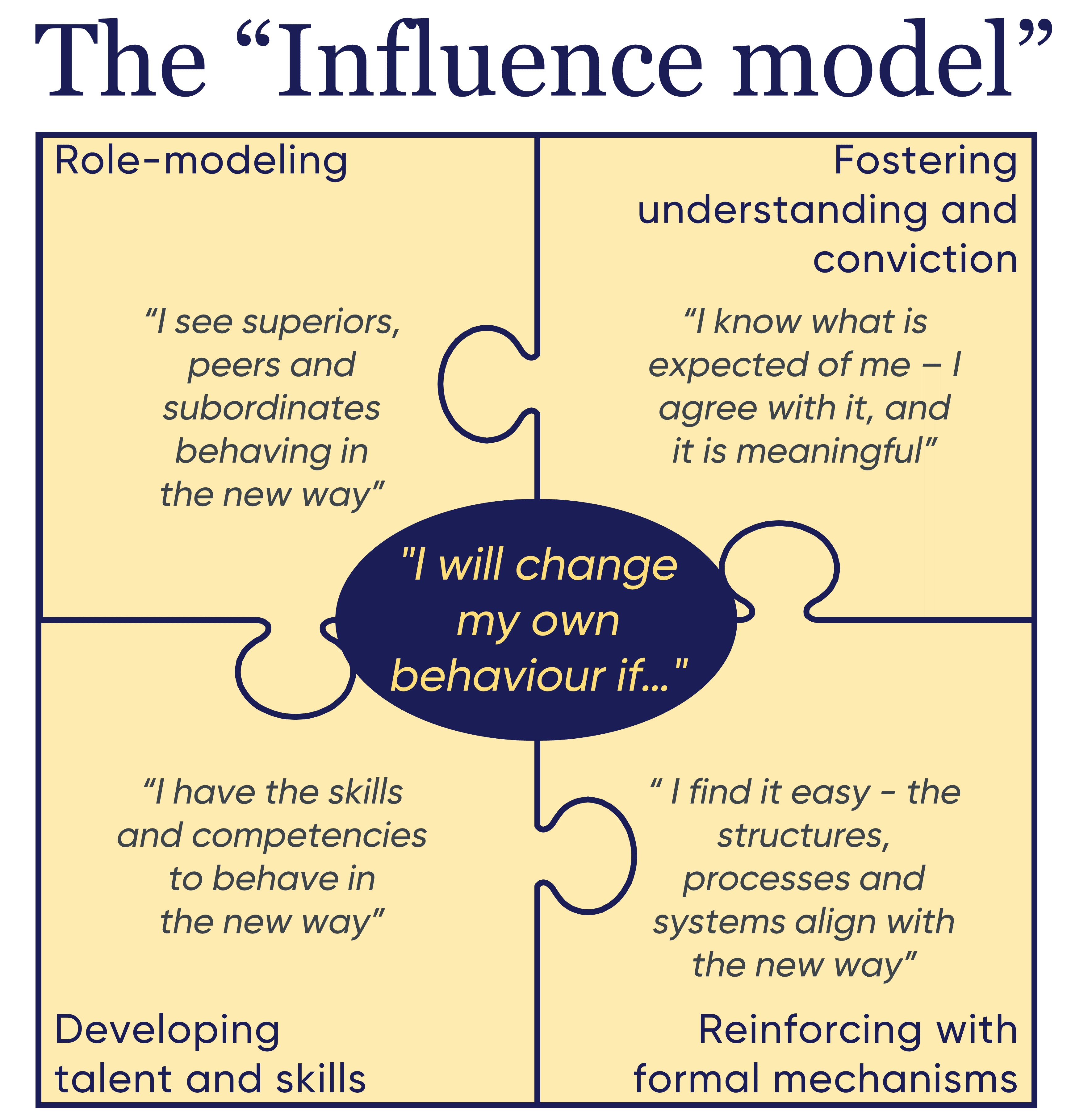Remote learning during Covid-19 – a guide for central government leaders
Remote working has become a necessity with Covid-19, and whilst there are challenges in implementing full remote learning, it may prove to be more effective than physical classrooms
The hypothesis that remote learning can be more effective than classroom-based training might appear contradictory to frustrations with ‘death-by-webinar’. Yet, significant learner inclusivity and geographic accessibility benefits are achievable. We believe that there are four key elements to effective remote learning which we will be embracing as we transition to fully remote delivery:
1. Motivating remote learners “When it matters”
2. Designing remote learning “Do the hard work to make it simple”
3. Facilitating virtual sessions “It takes two”
4. Delivering effective learning “Measure impact”

1. Motivating remote learners “When it matters”
Learner motivation is a key element of achieving high engagement and completion rates, with remote environments posing greater challenges than physical classrooms. We can mitigate these by focusing on what we know works, (primarily application to a meaningful project) and adapting to the remote-working environment.
Remote learning does present particular engagement challenges from the increase in the pull of the ‘everyday’, so motivation is even more important remotely than in a physical classroom. Asynchronous activities such as pre-reading, self-study or e-learning have always had to compete with other commitments, and whereas physical classrooms help learners escape from the ‘everyday’, virtual classrooms don’t, and have added distractions in email, work-software and phone at hand. Good design plays a part here too (more on that in the next section)– at its worst, training includes death-by-PowerPoint / webinar, page-turning-e-learning and a coursebook you never look at again, all of which reduce learner engagement.
To drive learner engagement, we find ourselves coming back repeatedly to the same things that drive any behavioural change – four key levers known as the ‘influence model’.[1]
 Our learning from delivering over 200 courses to over 2000 participants in the last 10 years, is that an engagement sweetspot with higher completion rates can be found by:
Our learning from delivering over 200 courses to over 2000 participants in the last 10 years, is that an engagement sweetspot with higher completion rates can be found by:
- Creating understanding & commitment from day zero by starting with ‘project-selection’ of business-critical issues before ‘participant selection’
- Building a connected community of participants and project-sponsors with peer-support and role modelling within and to the rest of the organisation
- Teaching a balanced skillset of problem-solving, planning and people engagement, and tailor it to the relevant project issues
- Using existing management systems & structures to measure project impact and govern the programme – avoid creating a shadow-management structure
… and the good news is that only one of them (community building for role-modelling) needs mitigation considerations for remote learning, many of which are already underway to support remote-working during the Covid-19 restrictions.
2. Designing remote learning – “Do the hard work to make it simple”[2]
Alongside community-building, the other challenge of remote learning is sufficiently interactive session design. When these are well-addressed in the remote programme design you gain additional benefits of inclusivity and accessibility.
Adult learning principles still apply remotely, and the programme of learning activities and materials should still be carefully designed to manage cognitive load.[3] Classic learning activities such as presentations, videos, discussions and Q&A should be kept short at 10-15 minutes or less and can be complemented with polls and collaborative write-ins. Active learning activities can extend up to 60 minutes with problem-solving tasks, videos with discussion, mini-case exercises, breakout collaboration activities or even games and simulations. The programme can include both synchronous and asynchronous remote activities, alongside accessible materials and communications either in a dedicated learning environment, or within existing remote-working environments like Slack or Teams.
Virtual classroom sessions need the most adaption as the facilitator can no longer ‘catch the eye’ of participants, and instead must use software-tools alongside warm-calling. It is however possible to be more inclusive of individuals, their preferences and learning styles than in a physical classroom through ‘all participant’ simultaneous tools and real-time use of raise hand and chat functions.
So, it is definitely possible to design comparable and potentially more effective experiences remotely – but are they deliverable consistently?
3. Facilitating virtual-sessions – “It takes two”
There’s a lot going on in a virtual classroom – as well as leading and engaging learners, there are chat streams and technical issues to monitor and polls, resources and breakouts to deliver seamlessly. We have found it very effective two have two clear and separate faculty roles – a ‘learning facilitator’ and a ‘technical host’.
Virtual session tips:
- rehearse and get familiarise yourself with the software –mute, screen share, stop/start video sharing and other tools
- work on verbal and vocal skills to deliver a clear audio experience and demonstrate enthusiasm and passion to further engage learners
- track participants’ activity – warm-call and check-in as appropriate
- prepare for broadband or power failure – arrange an audio-only dial-in, print out slides/notes in advance and ensure both facilitators are familiar with the lesson plan [4]
4. Delivering effective learning– “Measure impact”
There are many ways to measure effectiveness of learning – the HR perspective may focus upon training budgets and feedback, whereas Operations Managers may be concerned with their team’s ability to deliver impactful results.
We find the Kirkpatrick model[5] helpful in combining these perspectives and attempting to measure four levels of impact:
- Reaction – do participants find the training favourable, engaging and relevant?
- Learning – do participants acquire the intended knowledge, skills, attitudes, confidence, and commitment?
- Behaviour – do participants apply what they learned during training in their work?
- Results – to what extent do targeted outcomes occur as a result of the training and subsequent reinforcement?
Conclusion and next steps
So, if engagement is similar, if we can increase interaction, inclusion and accessibility with new design options, and if the facilitation is effective, then if we measure what matters it will be interesting to see how remote programmes compare when there’s no alternative for a while.
We added a remote delivery option to our core 4-hour PSAT programme from March 2020, and we’re in conversation with other clients about adapting our longer programmes to support them in these unusual times.
Contact Us
To find out more about our Capability Building training and mentoring offers and how we might be able to help you, please get in touch.
Authors: Kate Banyard and Ellie Lane
References
[1] Keller, S. and Price, C., 2011. Beyond Performance: How Great Organizations Build Ultimate Competitive Advantage, (Wiley), p117.
[2] This is borrowed from the GDS Govt Design Principles
[3] Ruth C. Clark, Frank Nguyen, John Sweller, 2005. Efficiency in Learning: Evidence-Based Guidelines to Manage Cognitive Load, (Wiley).
[4] Insynctraining, Lesson Learned: Virtual Classroom Producers Can Maximize Training Value, accessed: 09/04/2020.
[5] James D. Kirkpatrick, 2016. Kirkpatrick’s Four Levels of Training Evaluation, (ATD Press).
Latest News & Insights.

What does a good net zero programme look like for Integrated Care Systems?
The NHS has committed to reaching net zero in 2045 and Integrated Care Systems…

The PSC Wins Double Silver at the HSJ Partnership Awards 2024
We are delighted to announce that we have been awarded double silver at The HSJ…

National knowledge transfer and skills building programme for 50 mental health NHS Trusts to improve equity of experience for detained patients
In the year to March 2022, black people were almost 5 times as likely as white…